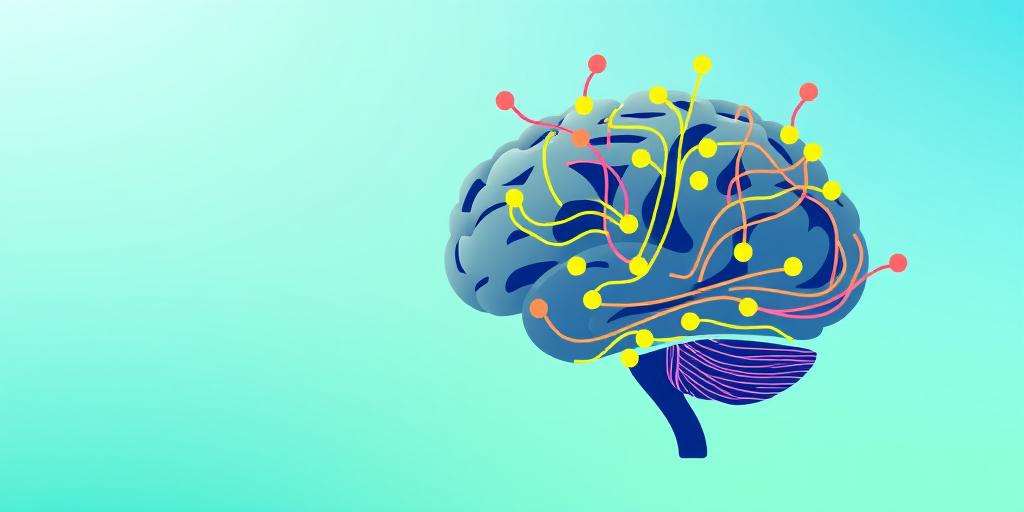The Power of Positive Thinking: From Fad (2000s) to Foundation (2020s)
The early 2000s saw the rise of "positive thinking" as a popular concept, often dismissed as a fleeting fad. However, in the 2020s, the principles of positive psychology have solidified into a recognized and valuable approach to mental and emotional well-being. This article explores the evolution of positive thinking, its scientific basis, and its practical applications in modern life.
What is Positive Thinking?
Positive thinking is more than simply being happy or putting on a smile. It involves a cognitive shift towards focusing on the positive aspects of situations, people, and oneself. This doesn't mean ignoring reality or avoiding difficult emotions, but rather approaching challenges with a constructive and optimistic mindset.
The Rise and Fall (and Rise Again) of the Fad
In the early 2000s, self-help books and motivational speakers popularized positive thinking, sometimes to an excessive degree. Critics argued that this emphasis on positivity could lead to toxic positivity – the denial of negative emotions and experiences. However, as the field of psychology evolved, a more nuanced understanding of positive thinking emerged.
The Science Behind Positive Thinking
Modern positive thinking is rooted in positive psychology, a scientific field that studies the strengths and virtues that enable individuals and communities to thrive. Research in this area has revealed several key benefits of positive thinking:
- Improved Mental Health: Studies have shown that positive thinking can reduce symptoms of depression and anxiety.
- Increased Resilience: An optimistic outlook helps individuals bounce back from adversity more effectively.
- Better Physical Health: Positive thinking has been linked to lower blood pressure, a stronger immune system, and increased longevity.
- Enhanced Relationships: A positive attitude fosters stronger connections with others.
Practical Applications in the 2020s
Today, positive thinking is integrated into various aspects of life, including:
- Therapy: Cognitive-behavioral therapy (CBT) incorporates positive thinking techniques to help individuals change negative thought patterns.
- Workplace: Companies are recognizing the importance of a positive work environment and implementing strategies to promote employee well-being.
- Education: Schools are teaching children mindfulness and positive self-talk to build resilience and emotional intelligence.
- Personal Development: Individuals are using positive affirmations, gratitude practices, and visualization techniques to achieve their goals and improve their overall quality of life.
Cultivating a Positive Mindset
Positive thinking is a skill that can be developed over time. Here are some practical tips:
- Practice Gratitude: Regularly reflect on the things you are grateful for.
- Challenge Negative Thoughts: When you notice a negative thought, ask yourself if it's based on facts or assumptions.
- Surround Yourself with Positivity: Spend time with supportive people and engage in activities that bring you joy.
- Focus on Solutions: When faced with a problem, shift your focus from dwelling on the issue to finding solutions.
- Practice Self-Compassion: Treat yourself with the same kindness and understanding you would offer a friend.
Conclusion
The power of positive thinking has evolved from a fleeting trend to a scientifically supported approach to well-being. By cultivating a positive mindset, individuals can enhance their mental, emotional, and physical health, build stronger relationships, and achieve greater success in all areas of life. As we navigate the complexities of the 2020s, positive thinking offers a valuable foundation for resilience, growth, and overall well-being.









